May Thurner Syndrome Without Dvt
May thurner syndrome without dvt. May Thurner Syndrome MTS is an anatomic variant in which the right common iliac artery compresses the left common iliac vein against the bone of the spine. Therefore you can get immediate help. However because May-Thurner syndrome can make it difficult for blood to circulate.
May-Thurner syndromeCockets syndromeileocaval syndrome is a rarely diagnosed anatomical and pathologically variable condition causing venous flow obstruction in iliocaval territory. May-Thurner syndrome refers to a chronic compression of the left common iliac vein CIV against the lumbar vertebrae by the overlying right common iliac artery CIA with or. A systematic review of antithrombotic use after endovascular stent placement Leslie J.
Most people live with May Thurner Syndrome without even knowing that they have it. MayThurner syndrome and. If you are suffering from DVT it is vital that you are aware of the signs and symptoms of a PE.
May-Thurner syndrome MTS is a venous outflow obstruction disorder characterized by compression of the left common iliac vein by an overriding right common iliac artery. MayThurner syndrome most commonly refers to left-sided iliofemoral vein obstruction caused by compression of the left common iliac vein between the right common iliac artery and lumbar vertebrae. 1 Anatomic variations of MTS though uncommon have been described.
With partial venous obstruction the condition can be asymptomatic but progression with symptoms related to chronic venous hypertension or venous occlusion can occur. MTS primarily affects young to middle-aged women although many patients remain entirely asymptomatic. May-Thurner Syndrome MTS is caused by compression of the left common iliac vein between the right common iliac artery and the pelvis.
However other forms of MayThurner syndrome have been described and MayThurner syndrome is part of a larger spectrum of venous disease iliac vein obstruction. Pulmonary embolism PE is the most common complication of deep venous thrombosis DVT. What you would need is a CTA with venous phase or MRV.
Padrnos MD1 David Garcia MD2 This is an open access article under the terms of the Creative Commons Attribution-NonCommercial-NoDerivs License which permits use and distribution in any medium provided the original work is properly cited the use is non-commercial and. May-Thurner syndrome MTS is known to increase the risk of DVT but an association between MTS and PE has not been established.
With partial venous obstruction the condition can be asymptomatic but progression with symptoms related to chronic venous hypertension or venous occlusion can occur.
May-Thurner syndromeCockets syndromeileocaval syndrome is a rarely diagnosed anatomical and pathologically variable condition causing venous flow obstruction in iliocaval territory. Therefore you can get immediate help. Because of that pressure blood cant flow as freely through the left iliac. MTS primarily affects young to middle-aged women although many patients remain entirely asymptomatic. We report a case of 64 year old male patient who presented with unprovoked proximal deep venous thrombosis. Conclusions May-Thurner syndrome constitutes a permanent and underdiagnosed risk factor for the development of DVT of LLL. INTRODUCTION May-Thurner syndrome MTS is an anatomically and pathologically variable condition leading to venous outflow obstruction as a result of extrinsic venous compression in the iliocaval venous territory. MayThurner syndrome is an anatomical condition characterized by compression of the left common iliac vein by the right common iliac artery causing venous outflow obstruction. May-Thurner syndrome MTS is known to increase the risk of DVT but an association between MTS and PE has not been established.
May-Thurner syndromeCockets syndromeileocaval syndrome is a rarely diagnosed anatomical and pathologically variable condition causing venous flow obstruction in iliocaval territory. A routine CT may now show MTS. Our findings suggest that long-term anticoagulation therapy might be. We report a case of 64 year old male patient who presented with unprovoked proximal deep venous thrombosis. MayThurner syndrome most commonly refers to left-sided iliofemoral vein obstruction caused by compression of the left common iliac vein between the right common iliac artery and lumbar vertebrae. However other forms of MayThurner syndrome have been described and MayThurner syndrome is part of a larger spectrum of venous disease iliac vein obstruction. Because of that pressure blood cant flow as freely through the left iliac.

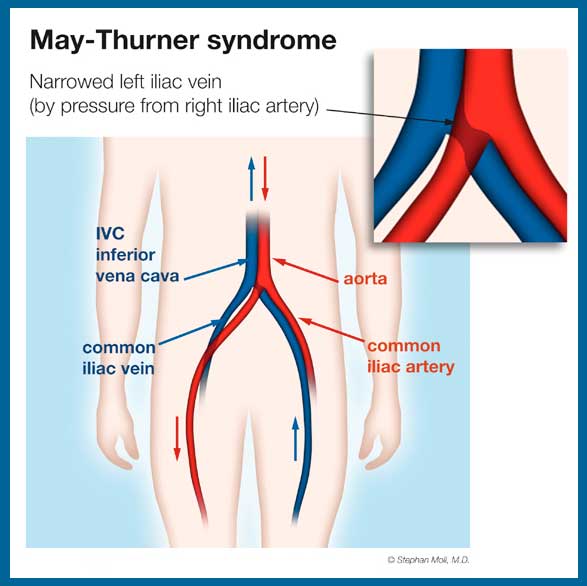
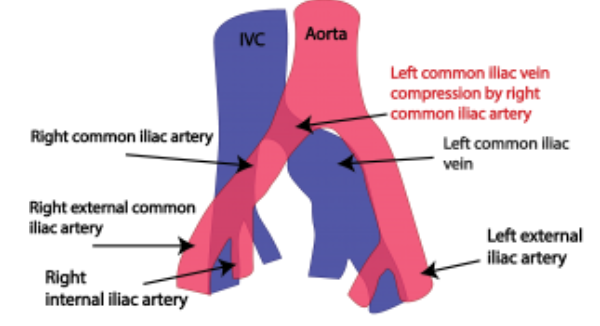


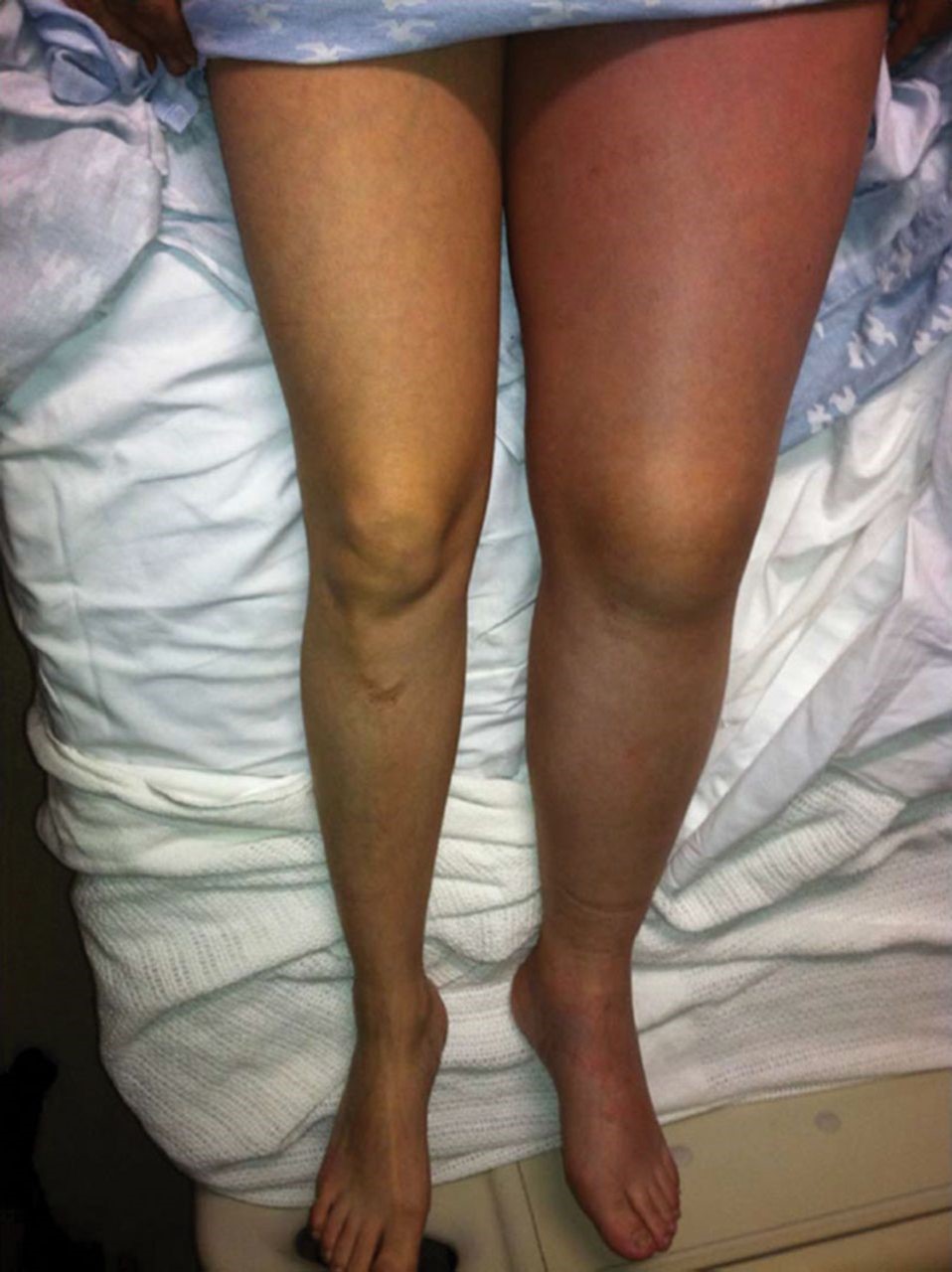
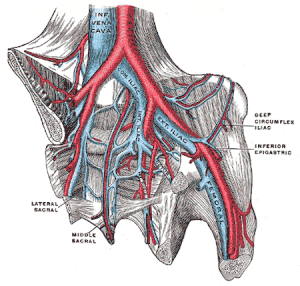




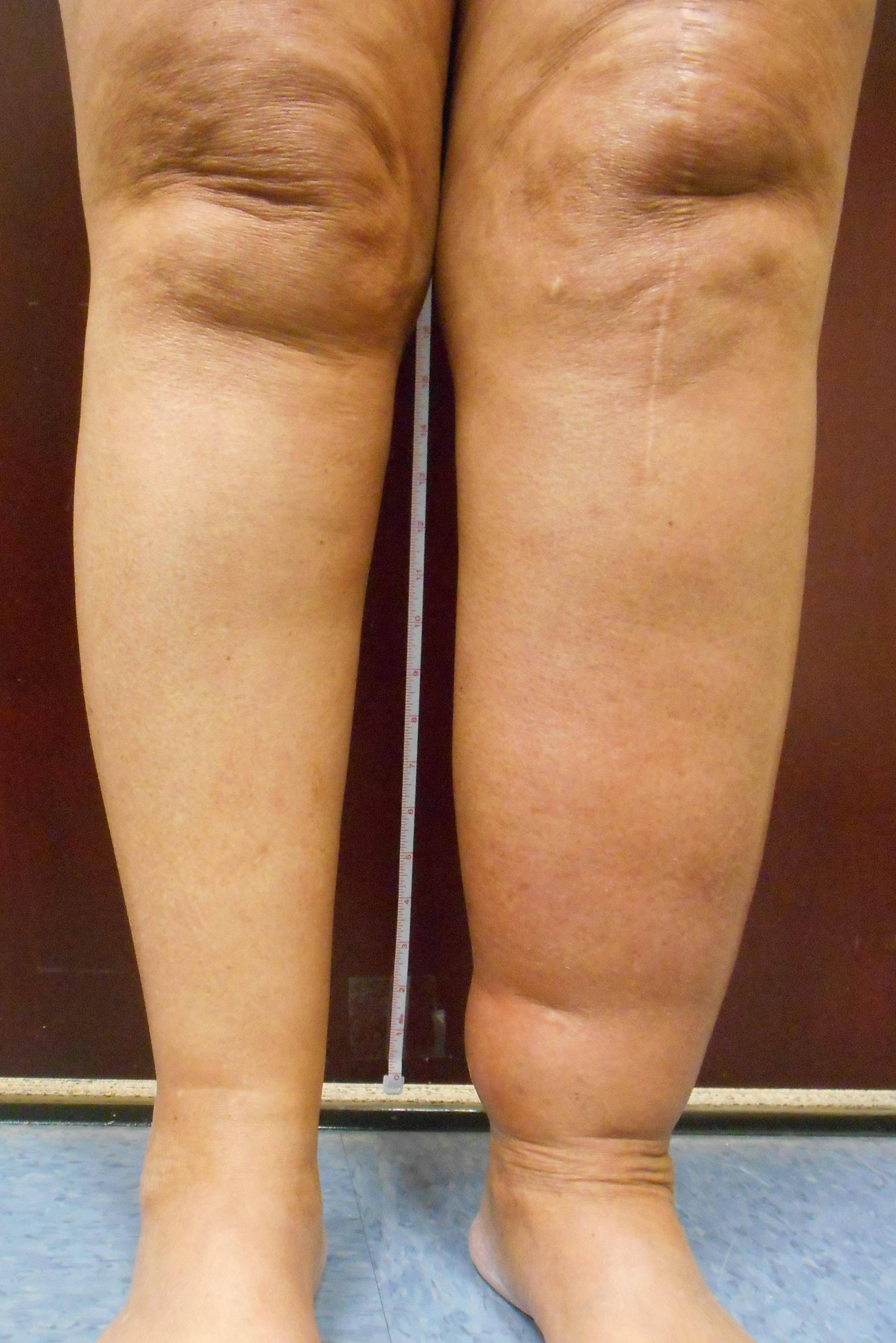

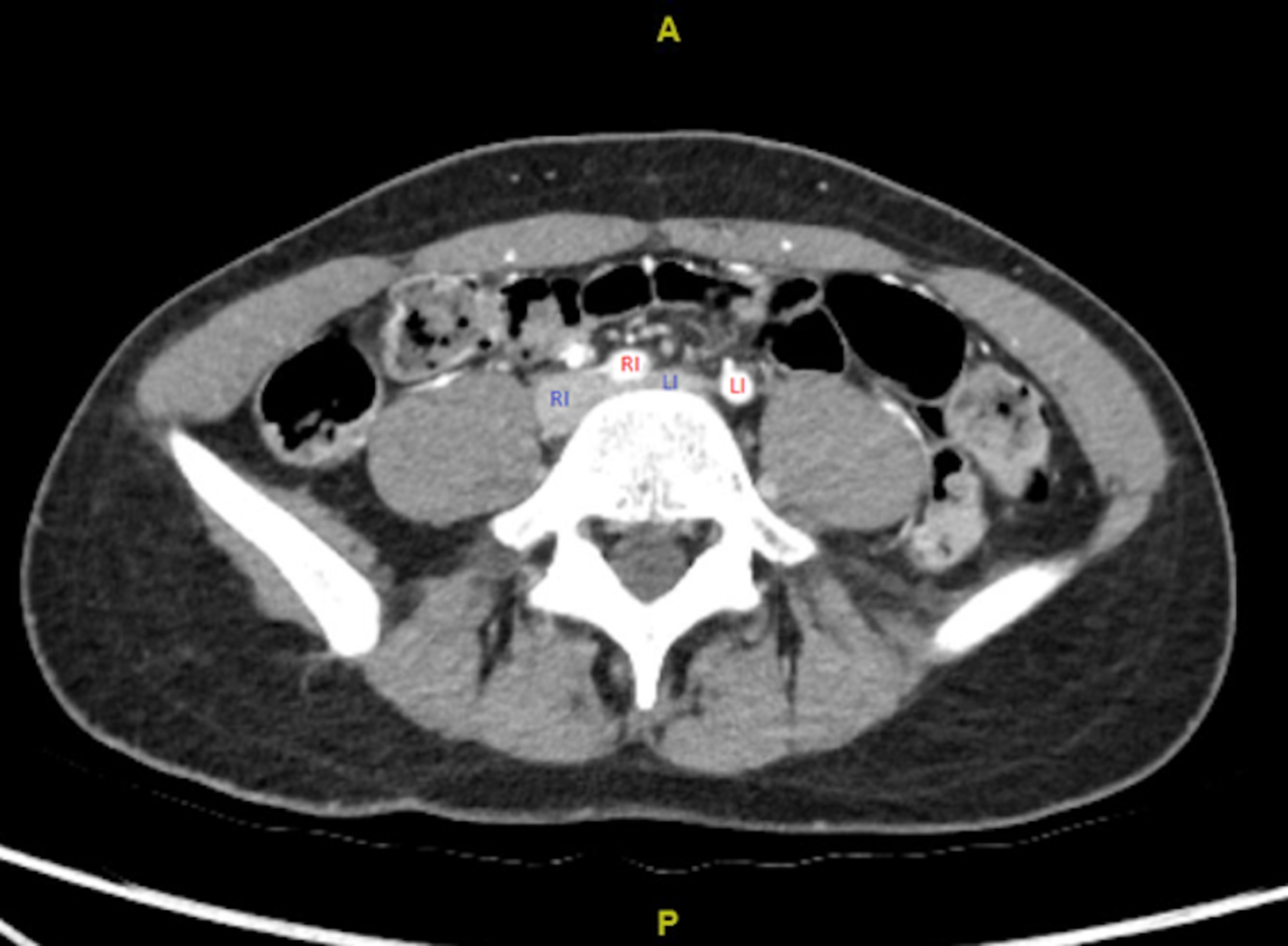






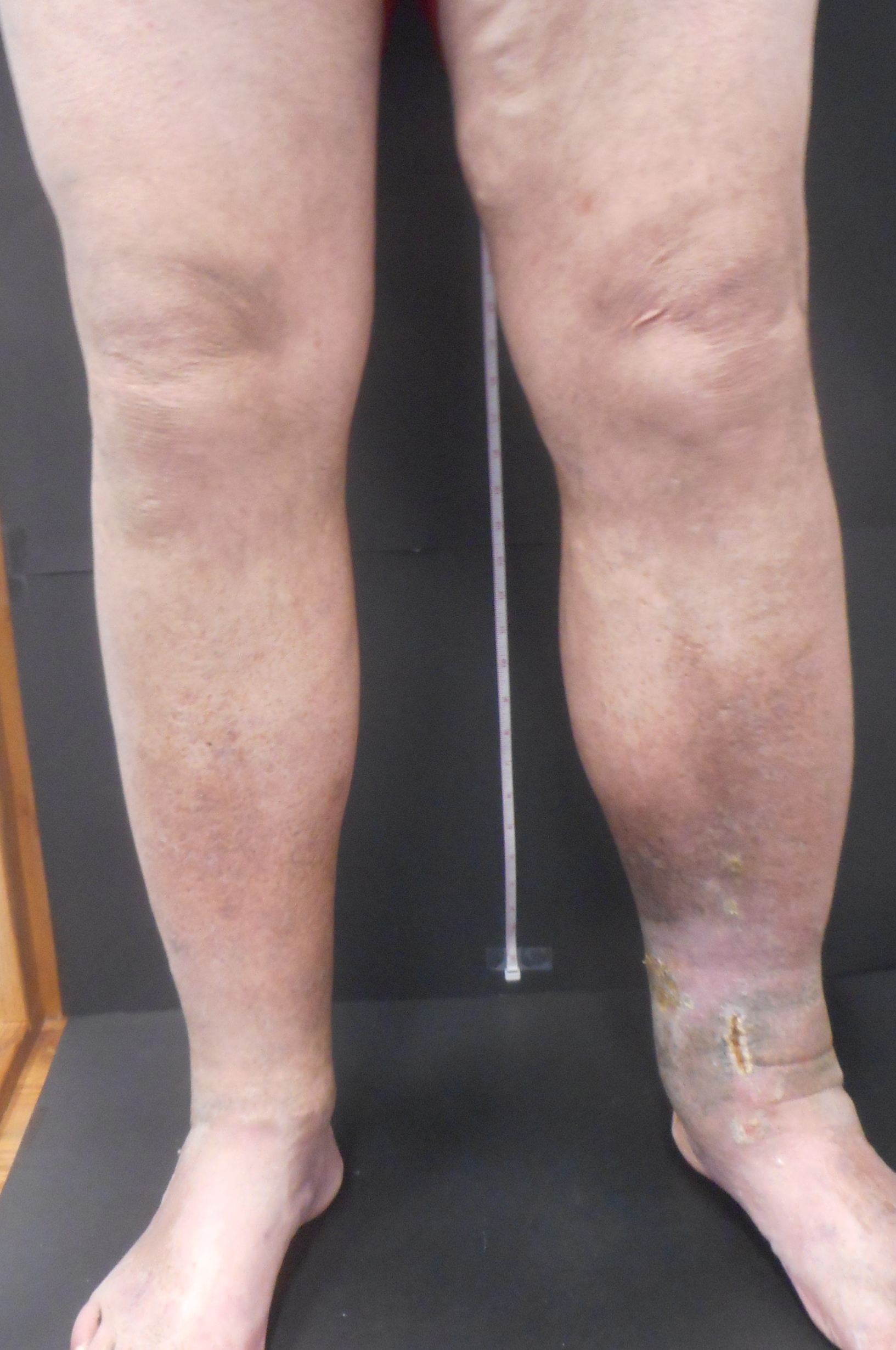

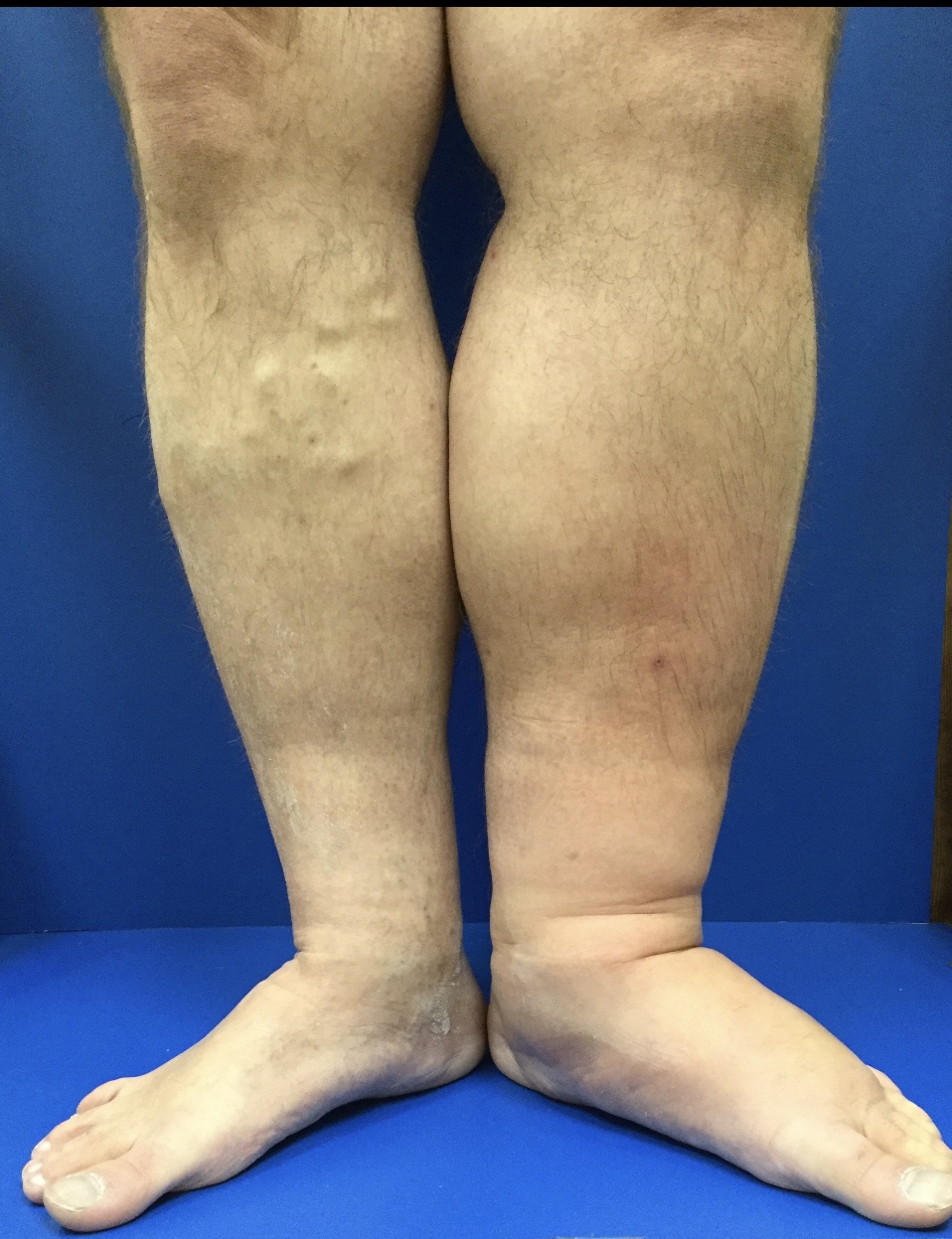
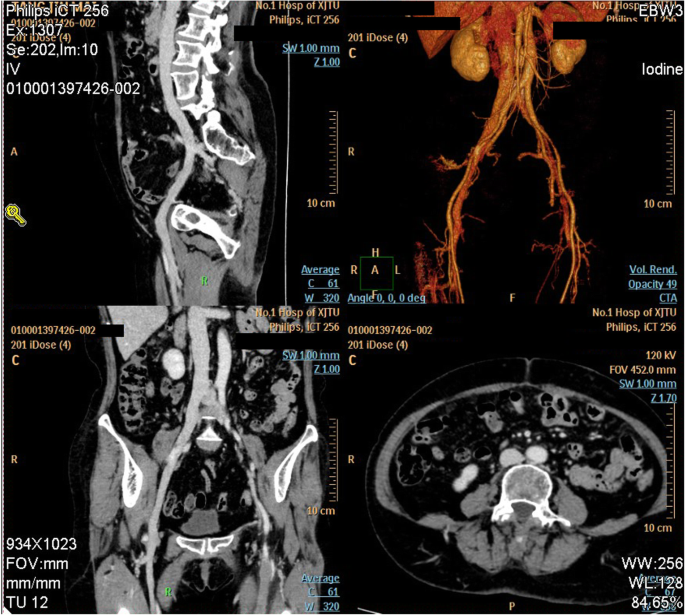
















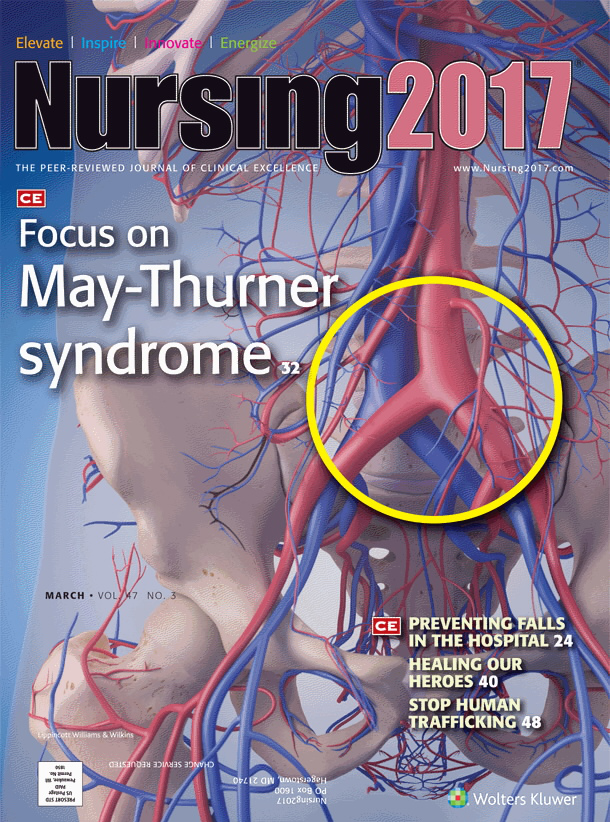


Post a Comment for "May Thurner Syndrome Without Dvt"